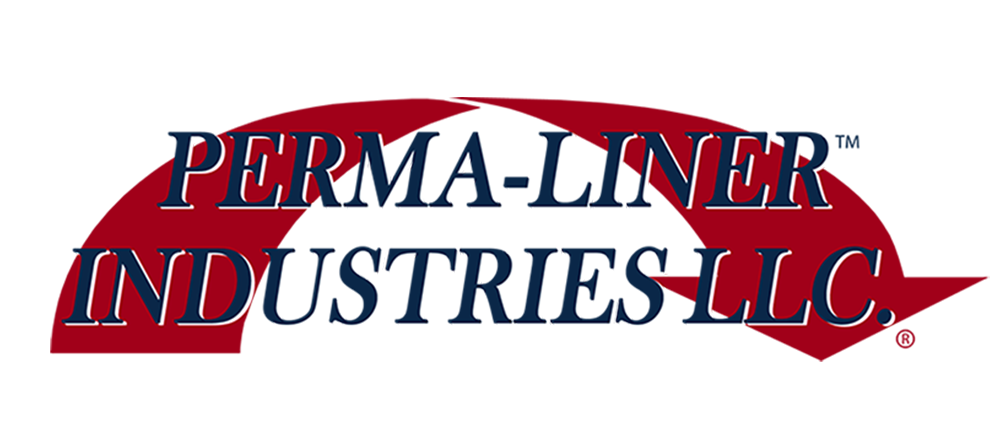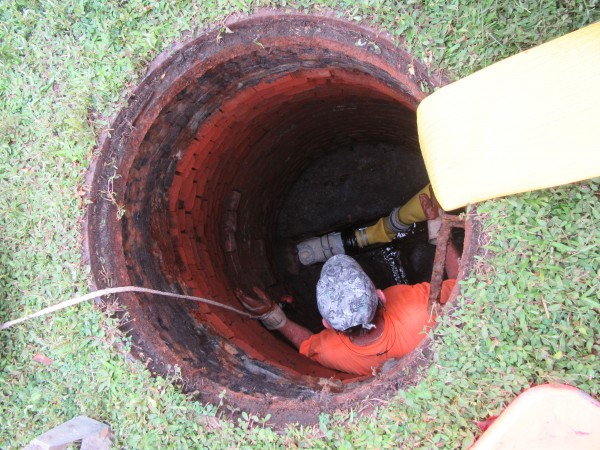Natural drainage prevents polluted runoff from harming the fish and other wildlife that call Longfellow Creek home. Seattle Public Utilities (SPU) is responsible for managing storm water throughout the city. There is use of a three-pronged approach to prevent sewage overflows: fix it first, keep storm water out and store what’s left. Using natural drainage systems in this area will also help reduce the amount of sewage, storm water and pollutants overflowing into Longfellow Creek in the Delridge neighborhood. In 2012, more than 5.28 million gallons of sewage and storm water overflowed into the creek.
Natural drainage systems will be located within the existing planting strips and along the Seattle Department of Transportation (SDOT) proposed neighborhood greenway. By co-locating natural drainage systems projects along neighborhood greenways, the City is creating streets that manage storm water well and provide safe and comfortable features for people of varying ages and abilities to walk, ride bikes, and get around more safely. Green storm water infrastructure or GSI—(natural drainage) mimics nature by slowing or reducing polluted runoff close to its source. It also treats polluted runoff from roads, roofs, and parking lots by capturing and cleaning it before it harms the waterways. GSI helps the City of Seattle act more like a forest. GSI can be used on private property to help slow and clean polluted runoff from roofs, patios, and driveways. Seattle Public Utilities is currently working on two projects in the Delridge neighborhood. These projects will create natural drainage systems along several blocks of 17th Ave. west, and the other will improve the sewer system. Construction is anticipated to begin this month, with completion expected in late spring or early summer 2016.










